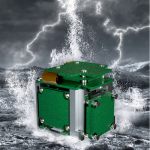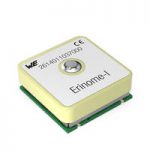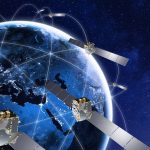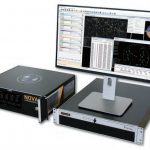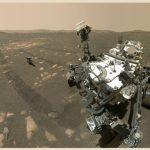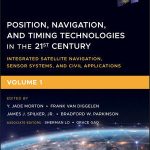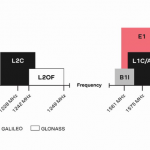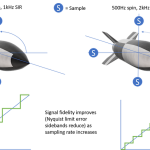April 8, 2021
A new tome — make that two new tomes — join the bookshelf of essential and authoritative references for GNSS users, while widening the umbrella a good deal to cover all PNT technologies, their sensors and their integrations. Edited by four leading lights of the community and assistant-edited by two more, its list of authors rounds up another 131 of the “usual suspects,” the names that are seen repeatedly in the presentations at technical conference and on their organizing boards. In every one of 64 subject matters, the author(s) is/are recognized experts, in many cases the recognized expert, on the material.
Read More >
By Alan Cameron

